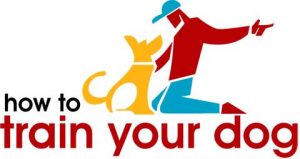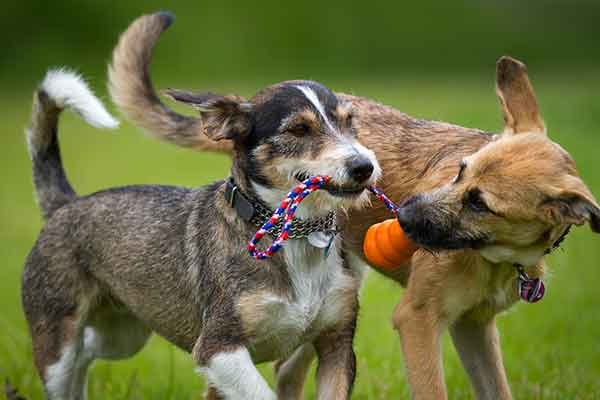Healthy snacks are all great ways to keep your dog happy and healthy, but what about regular physical activity for him? How much exercise does your dog require daily?
Unfortunately, when choosing a breed, some owners forget to factor in how much exercise the dog will need and end up with a dog that requires more time and attention than they can provide.
The emotional and physical well-being of all canines depends on regular exercise. Most dog owners, on the other hand, are unsure whether their pets are receiving the proper quantity of it.
Pre-existing diseases, breed, age, and weight all affect the quantity of activity a dog needs. A few walks around the block would be enough for some dogs, but for others, a more extensive workout is needed.
You’ll learn about dogs and exercise in this guide.
Working Dogs
Bernese Mountain Dogs, Boxers, Dobermans, Schnauzers, Rottweilers, and Huskies are included in this category.
These breeds have the experience and stamina to get the job done when it comes to getting the job done. Hiking in any terrain is no problem for these dogs, who appreciate lengthy, steady workouts.
For these breeds, 1-2 hours of moderate movement per day is excellent; avoid vigorous exercise. If you’re looking for a way to keep your working dog engaged and happy, you may want to pursue bikejoring, search and rescue, or agility exercises.
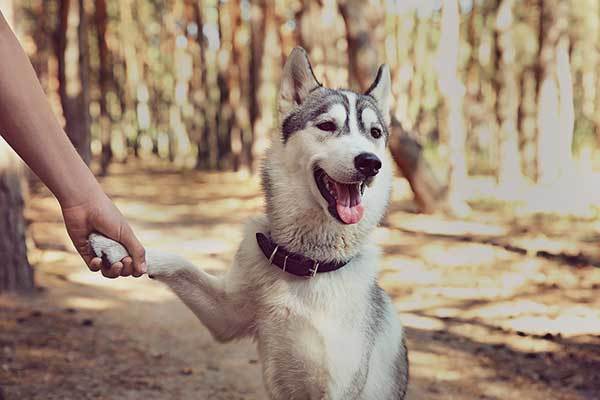
Sporting Dogs
Sporting dogs, also known as “Hunting Dogs,” like Spaniels, are developed for long labor days and engineered to survive in the wilderness.
It’s impossible to run out of energy with these lively, energetic, and affectionate breeds.
1-2 hours of physical exercise each day is ideal for them, although they’d be happy to go trekking, swimming, or taking a long stroll. If you’ve got the time and room, you could enroll your dog in dock diving training or set up a mock hunting session for him.
Hound Dogs
A hound was designed for one purpose: to hunt. There are several different breeds of hound that may be found in the wild.
With their legendary endurance, hounds are one of nature’s most endurable creatures. Since they were bred to be hunting dogs, Hounds like lengthy walks and treks in many kinds of terrain.
The optimal exercise for these breeds is one hour to one-and-a-half hours. A lunchtime treasure hunt, nose work, or tracking trials are all excellent ways to spice up your dog’s exercise routine and make it more interesting for him.
Herding Dogs
The term “Herding Dogs” was first used to describe dogs used to herd animals. Sheepdogs, Collies, and Shepherds are all included in this category.
At some point, your children may have been herded by one of these breeds. This is because herding dogs are the happiest.
An hour or two of high-intensity training, such as agility, dock diving, frisbee, or retrieve, is perfect for these breeds.
Playdates with dogs with comparable activity requirements are also beneficial. They can acquire the cerebral activity they require via puzzles, training, and plush toys.
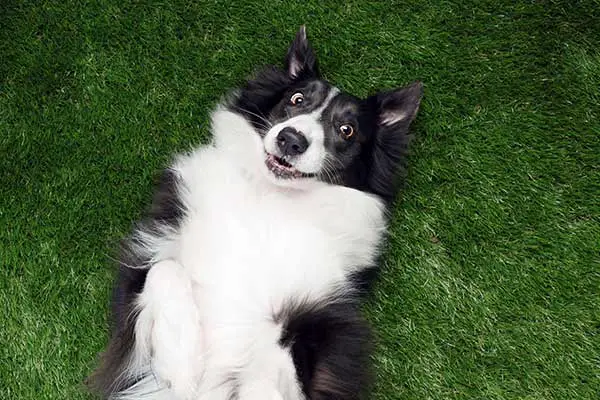
Sighthounds
Running is the one thing these hounds are made for. Basenjis, Scottish Deerhounds, and Whippets are just a few examples.
Sighthounds, in contrast to other breeds of hound dogs, need a variety of activities throughout the day. They were originally developed to hunt down prey and thrive on short bursts of high-intensity action, so you want to ensure they receive enough of them.
Free play is also a favorite pastime for these pups! There are various fun methods to engage your dog’s mind and body while exercising him physically.
Small Dogs
These canines can work out inside or out, no matter the weather. Chihuahuas are among the most common small dogs.
Small-breed dogs are more prone to seek human companionship than exploration. Since they are so little, playing fetch and hide-and-seek with them inside is possible. Even though they like to go for a stroll, they don’t need as many as their bigger counterparts.
A half-hour to an hour of moderate exercise should be enough to meet your fitness goals. It’s important to remember that dogs in this group might quickly get over-exercised or overheated owing to their small stature. If your dog exhibits any of these symptoms, they are likely overworked.
Giant Dogs
Large breeds need a correspondingly large amount of room. These dogs are considered “Giant Breeds,” including Alaskan Malamute, Great Dane, and Great Pyrenees.
Dogs of the Giant Breed don’t need a lot of exercises; they simply need a lot of room to run about. Overexertion may cause hip and joint problems because of their size. Swimming and brief walks are two of these pups’ favorite pastimes.
For these gentle giants, 30 to 45 minutes a day should be adequate.
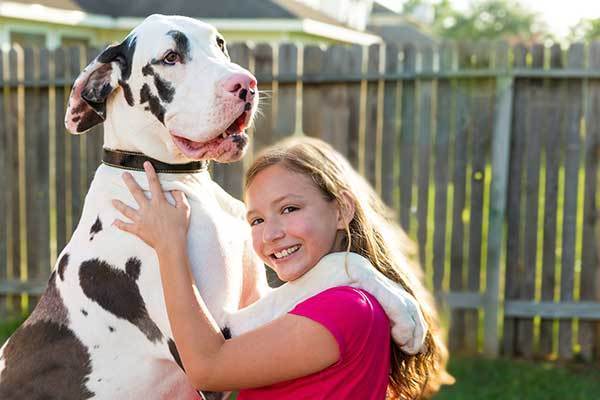
Brachycephalics Breeds
It is possible to recognize a Brachycephalic breed by its distinctively small nose and flat face. Notable Brachycephalic breeds include the American Bulldog and the Boxer. Other popular Brachycephalic breeds include the Boston Terrier.
Short-nosed dogs have a harder difficulty breathing and may be more susceptible to health problems due to their shorter noses, but they still make fantastic companions!
Walking for a few half hours to an hour should provide for their physical activity needs, as long as they don’t overdo it. Also, remember to be kind to your Exotic Bully if it’s hot outside.
Terriers
In the early days, terriers were reared to hunt vermin and keep homes pest-free. Airedale, Irish, Jack Russell, Lakeland, Scottish, Welsh, and Yorkshire terriers are common breeds.
Despite their little stature, terriers have big personalities. Bigger dogs, cats, and toddlers aren’t a threat to them, and they have no issue letting the other animals know who’s in charge. All demand a substantial amount of high-intensity play, although not all are feisty.
Most of these breeds can get by on an hour of moderate activity and a half-hour vigorous activity each day. Including games of fetch into your daily stroll is a good idea.
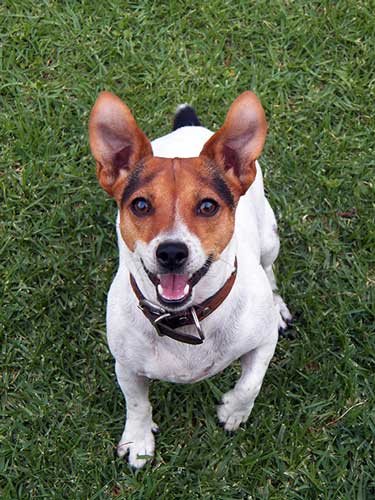
Senior Dogs & Dogs with Preexisting Conditions
Most elderly dogs and dogs with pre existing problems need less activity than typical. The best way to learn about your dog’s circumstances is to see a veterinarian.
Do Not Go Overboard with Exercise
Any dog, regardless of breed, that wants to begin a regular exercise regimen must undergo a period of training, much like humans. To avoid injury and Overexertion, it’s best to begin slowly and build up the duration and intensity of your workouts over time.
Ensure your dog doesn’t overheat by exercising in the early and late hours of the day in hot weather. Let your dog tell you when to call it a day. If you see your Exotic Bully has pooped and his tongue is hanging out of the side of his mouth, it is a cue he had enough.
When a dog stops playing, lies down, pants heavily, or shows signs of exhaustion, it’s time to take them home. Make sure you don’t go overboard.
Mental activities like training, learning new skills and puzzle toys, obedience practice, and more benefit dogs as much as people do.
Conclusion
Having to replace pillows that have been shredded into fluff because your dog is a sign that your dog isn’t getting enough exercise. Many people focus on the health benefits of exercise for their dogs, but this is not always the case. Destructive behavior is common in puppies and young dogs, as they have a lot of pent-up energy that must be expended.
Even though these difficulties are easily avoidable through enough physical exercise, many individuals choose to give up their dogs because of their behavior problems.
Exercising your dog may benefit you too. Chances of being overweight and developing heart disease and type 2 diabetes may all be reduced by regularly walking your dog. Further, it’s a great way to relax and de-stress, and the two of you will have a great time, which is a win-win situation.
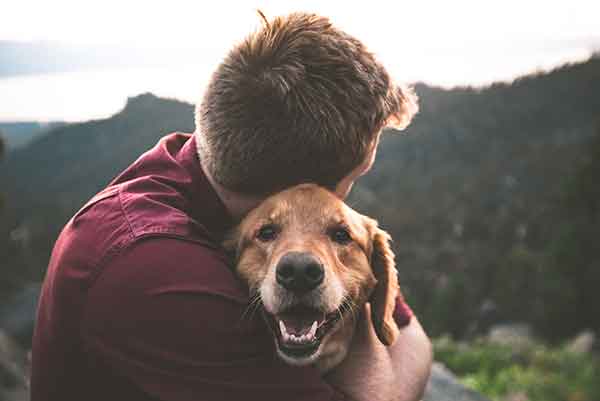
Checkout Our Favorite Dog Products
1. BEST PUPPY TOY
We Like: Snuggle Behavior Toy with Heart Beat & Heat Pack – Ideal toy for new puppies.
2. BEST DOG TRAINING PROGRAM
We Like: Doggy Dan The Online Dog Trainer – Stop any dog problem and raise the perfect puppy with The Online Dog Trainer.
3. BEST DOG PUZZLE TOY
We Like: Outward Hound Interactive Puzzle Toy – Every dog loves chasing squirrels at the park. The Outward Hound Hide-a-Squirrel Puzzle Toy gives your dog the same feeling as though he was outdoors chasing live squirrels.
4. Best Bone Broth for Dogs
We Like: (Solid Gold – Human Grade Bone Broth for Dogs) – Simmered Beef Bone Broth With Turmeric Provides A Nutrient-Dense And Flavorful Addition To Your Dog’s Meal + Rich In Natural Collagen From Beef Bones.
5. Best Multivitamin for Dogs
We Like: PetHonesty 10-For-1 Multivitamin – 10 Benefits in 1 Daily Treat – These Multivitamin Snacks combine a well-rounded blend of the most essential vitamins and supplements including glucosamine, probiotics, vitamins and omegas, for dogs’ overall daily health.
